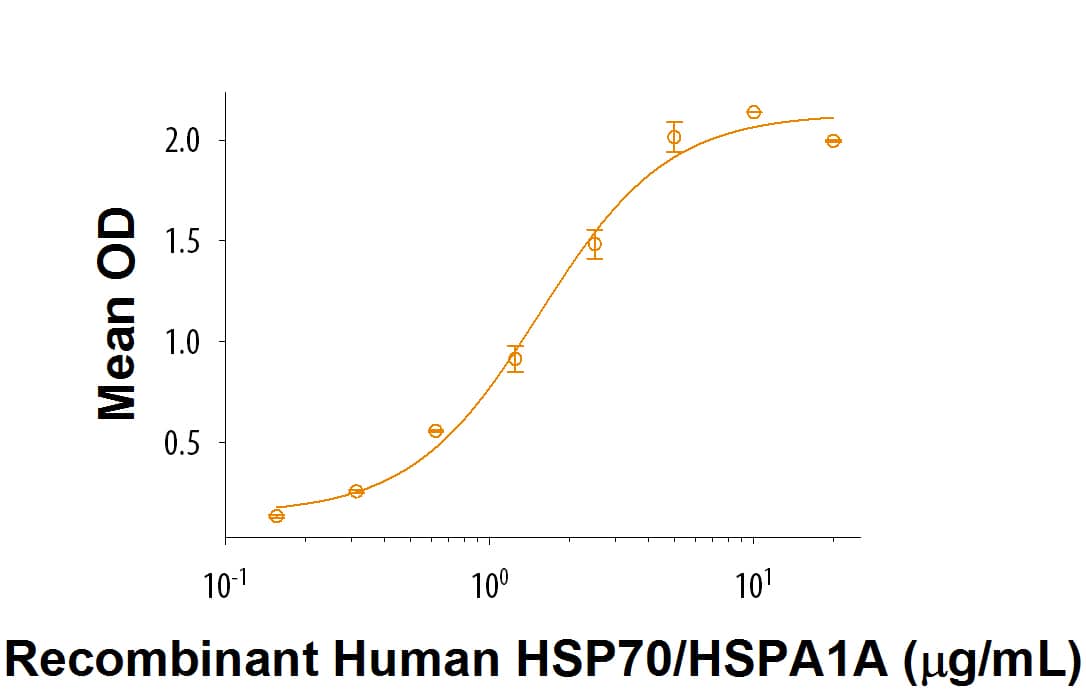S100A1: Proteins and Enzymes
S100A1 (also S100 alpha) is a 10 kDa member of the S100 family, EF-hand superfamily of Ca2+-binding proteins. It is expressed by striated muscle, endothelium and chondrocytes. Intracellularly, S100A1 regulates cytosolic calcium levels, and is part of the Hsp70/Hsp90 mutlichaperone complex that protects against protein denaturation. Extracellularly, S100A1 exists as both a homodimer and heterodimer with S100B, S100A4 and S100P, may bind to RAGE, and blocks apoptosis. Human S100A1 is 94 amino acids (aa) in length. It contains two EF-hand motifs (aa 13 - 48 and 50 - 85) and a Ca2+-dependent protein interaction site (aa 89 - 91). There may be one alternate start site 53 aa upstream of the standard start site. Full-length human S100A1 shares 93% and 98% aa identity with mouse and canine S100A1, respectively.
1 result for "S100A1 Proteins and Enzymes" in Products
1 result for "S100A1 Proteins and Enzymes" in Products
S100A1: Proteins and Enzymes
S100A1 (also S100 alpha) is a 10 kDa member of the S100 family, EF-hand superfamily of Ca2+-binding proteins. It is expressed by striated muscle, endothelium and chondrocytes. Intracellularly, S100A1 regulates cytosolic calcium levels, and is part of the Hsp70/Hsp90 mutlichaperone complex that protects against protein denaturation. Extracellularly, S100A1 exists as both a homodimer and heterodimer with S100B, S100A4 and S100P, may bind to RAGE, and blocks apoptosis. Human S100A1 is 94 amino acids (aa) in length. It contains two EF-hand motifs (aa 13 - 48 and 50 - 85) and a Ca2+-dependent protein interaction site (aa 89 - 91). There may be one alternate start site 53 aa upstream of the standard start site. Full-length human S100A1 shares 93% and 98% aa identity with mouse and canine S100A1, respectively.
| Source: | E. coli |
| Accession #: | P23297 |
| Applications: | BA |

